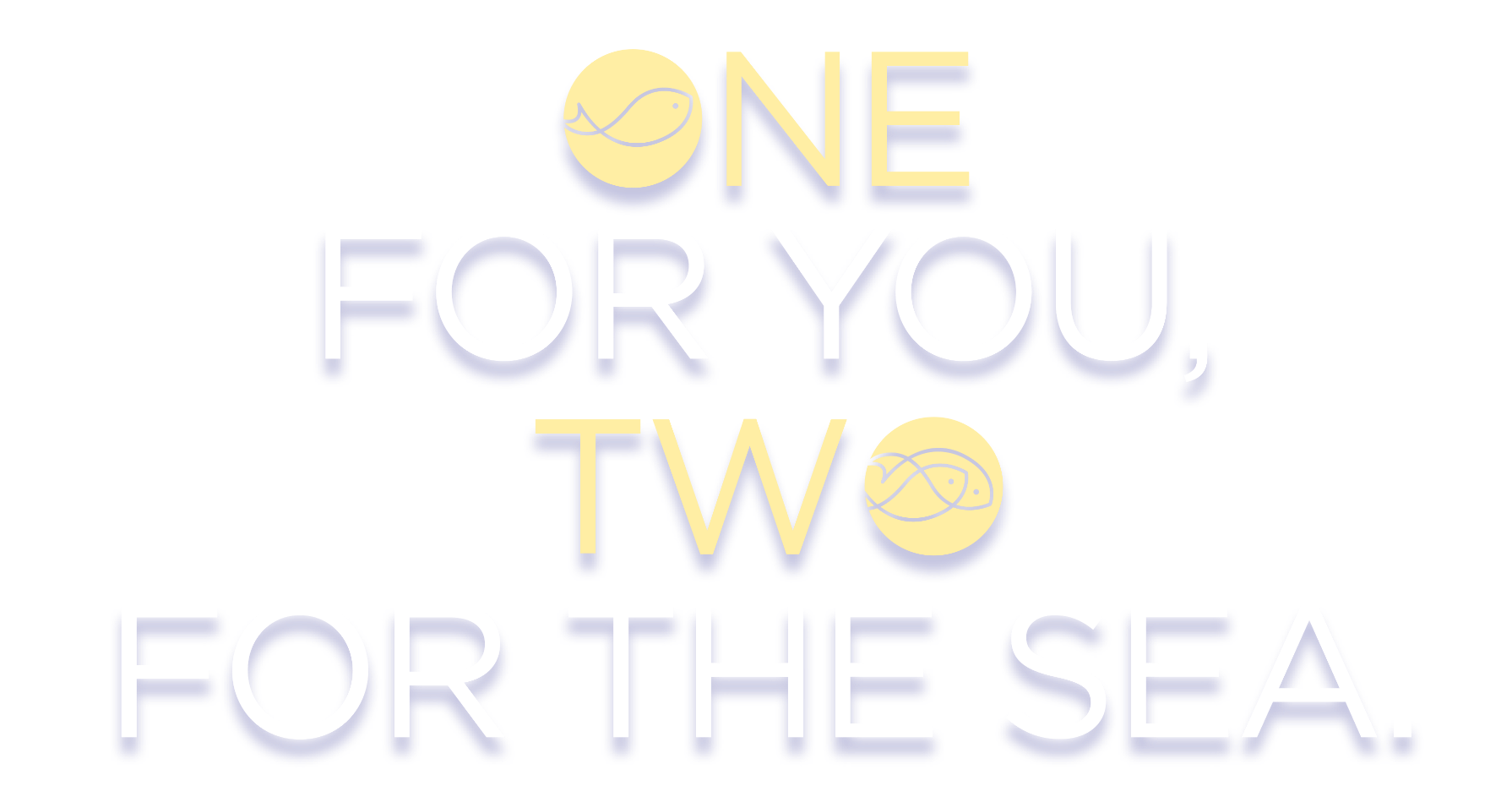Who we partner with




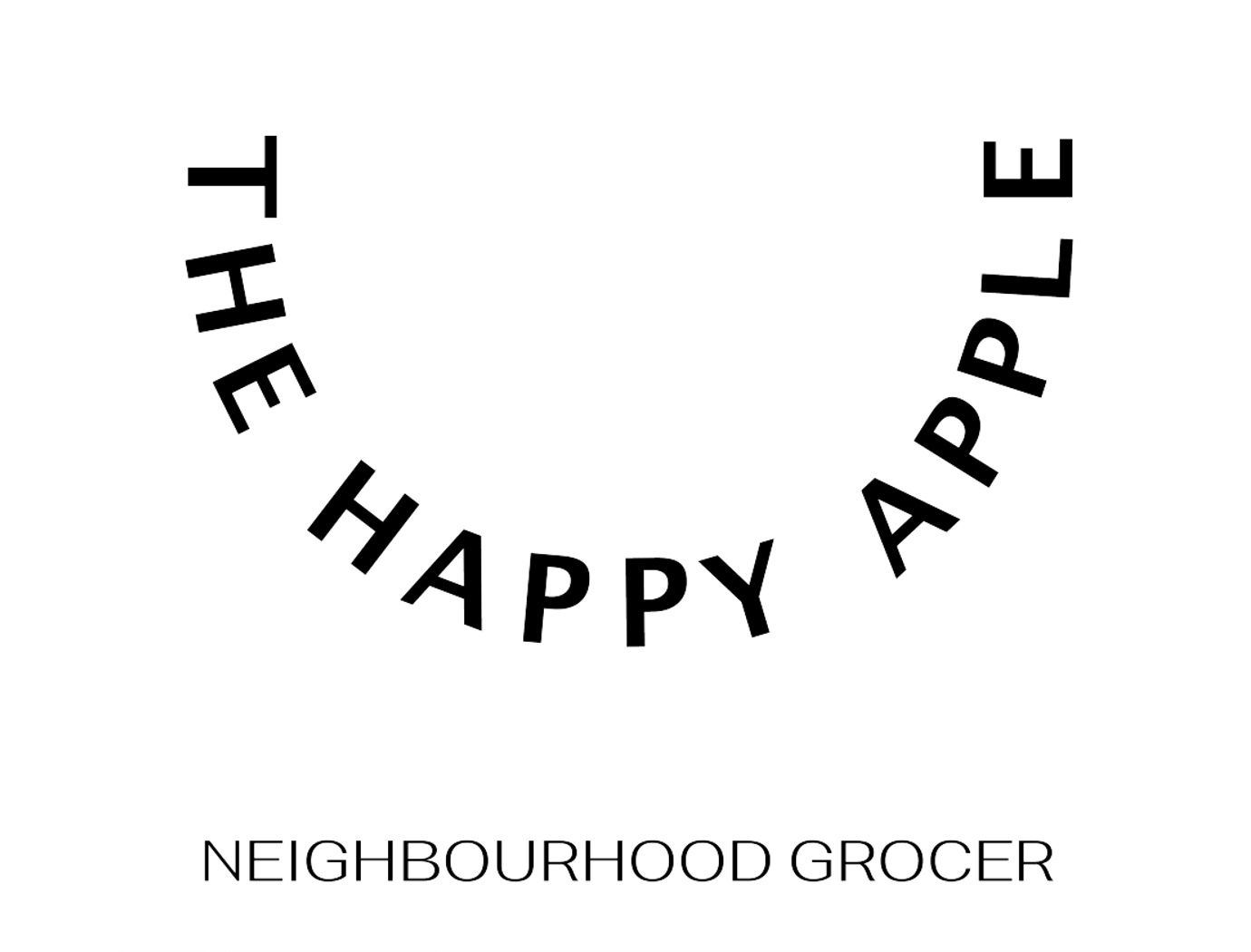
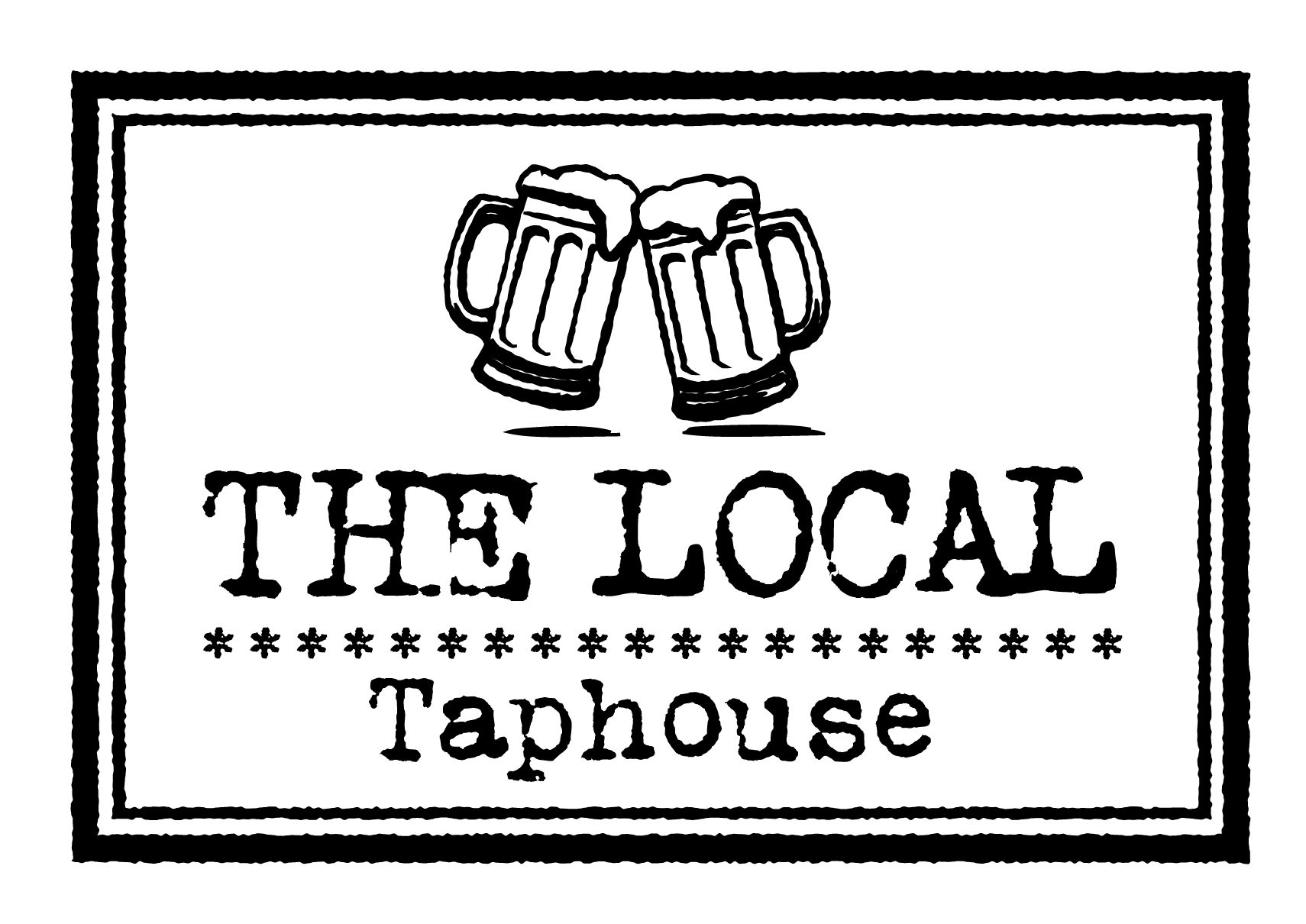
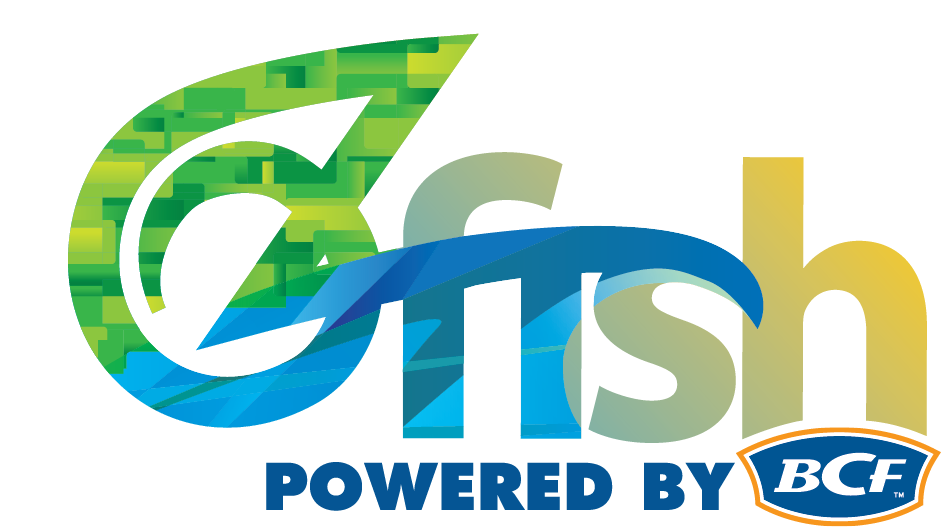
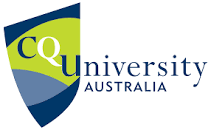
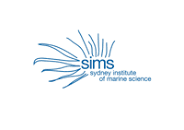
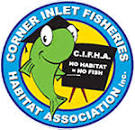
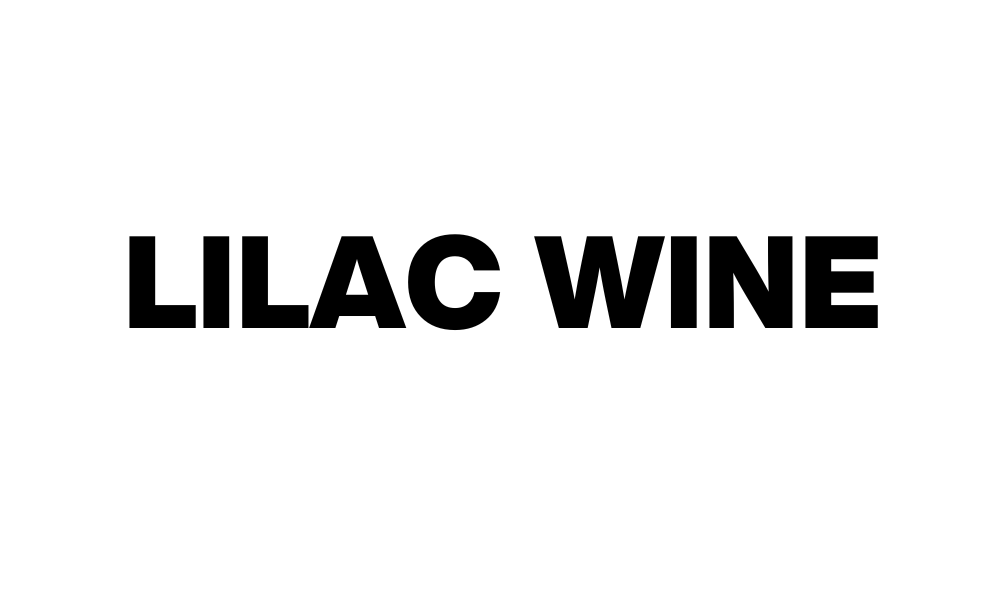
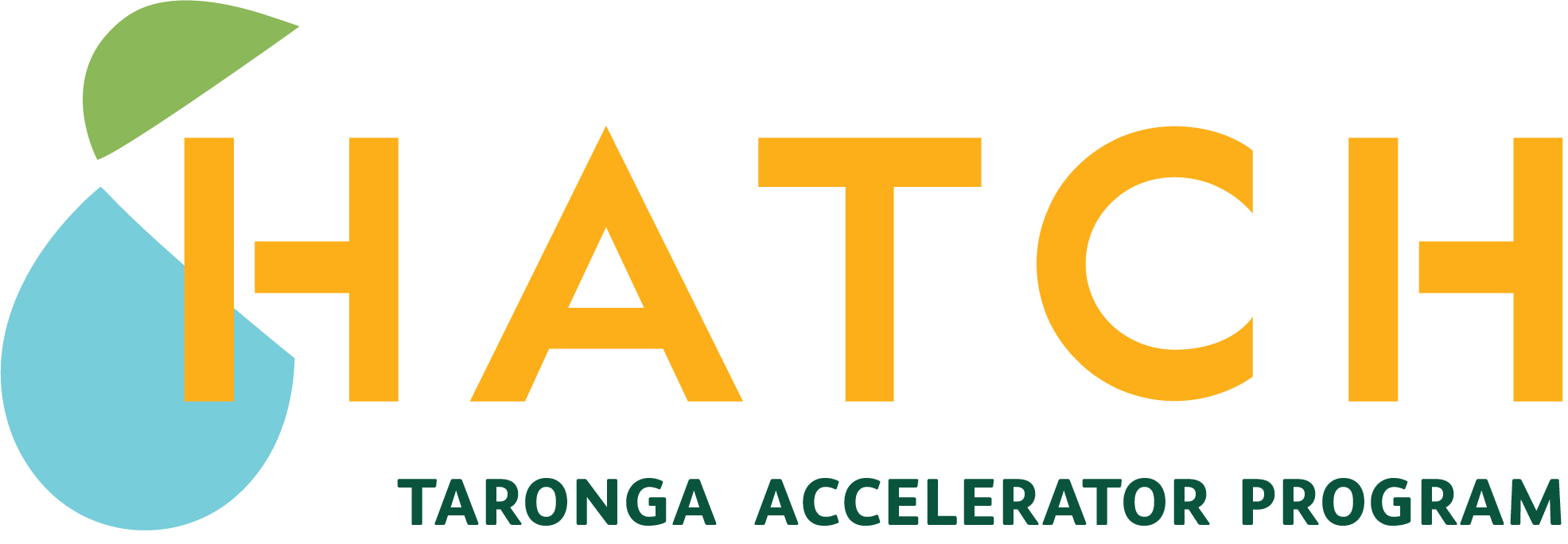
HOW IT WORKS

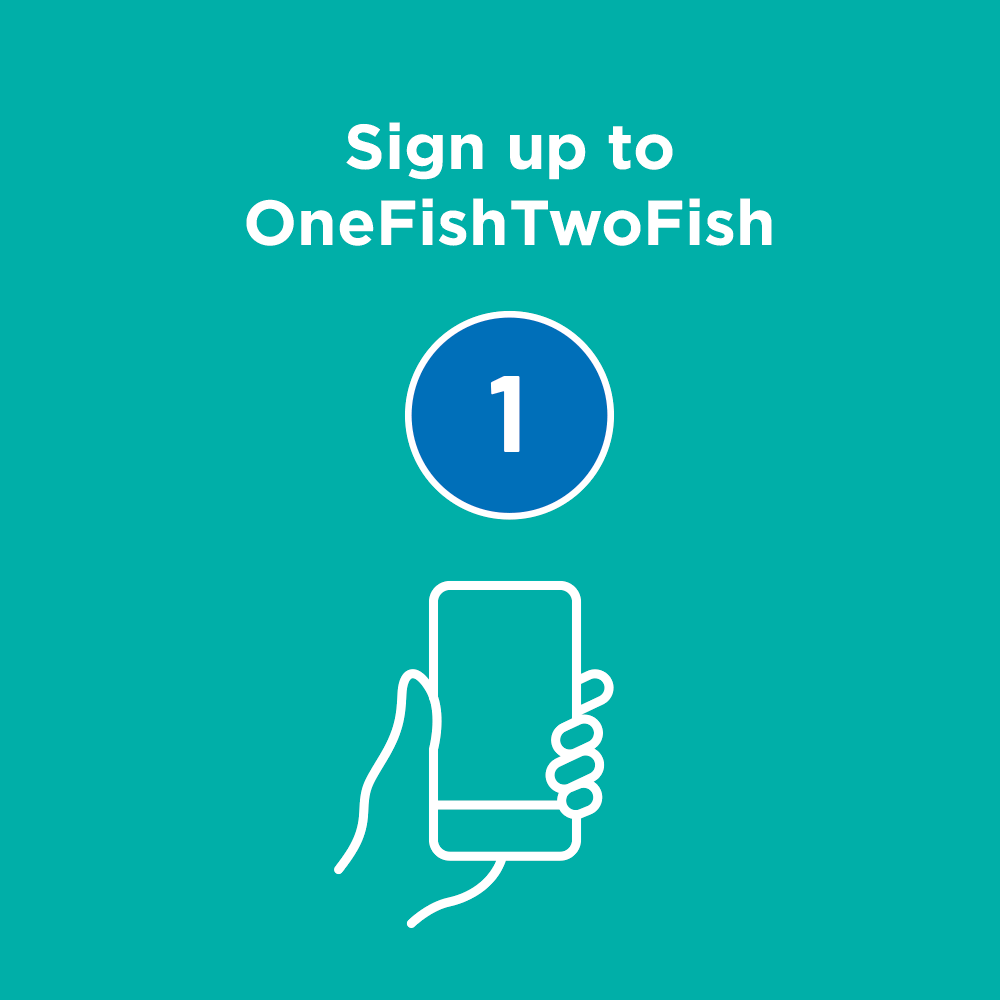



Want to know more about the science behind returning fish to the sea? Visit our FAQs
CONNECT ON SOCIAL MEDIA
VIDEO
OUR PROJECTS
By joining us and becoming Seafood Positive, we invest in ocean conservation projects that measurable improve fish populations and marine life.
VIEW ALL PROJECTS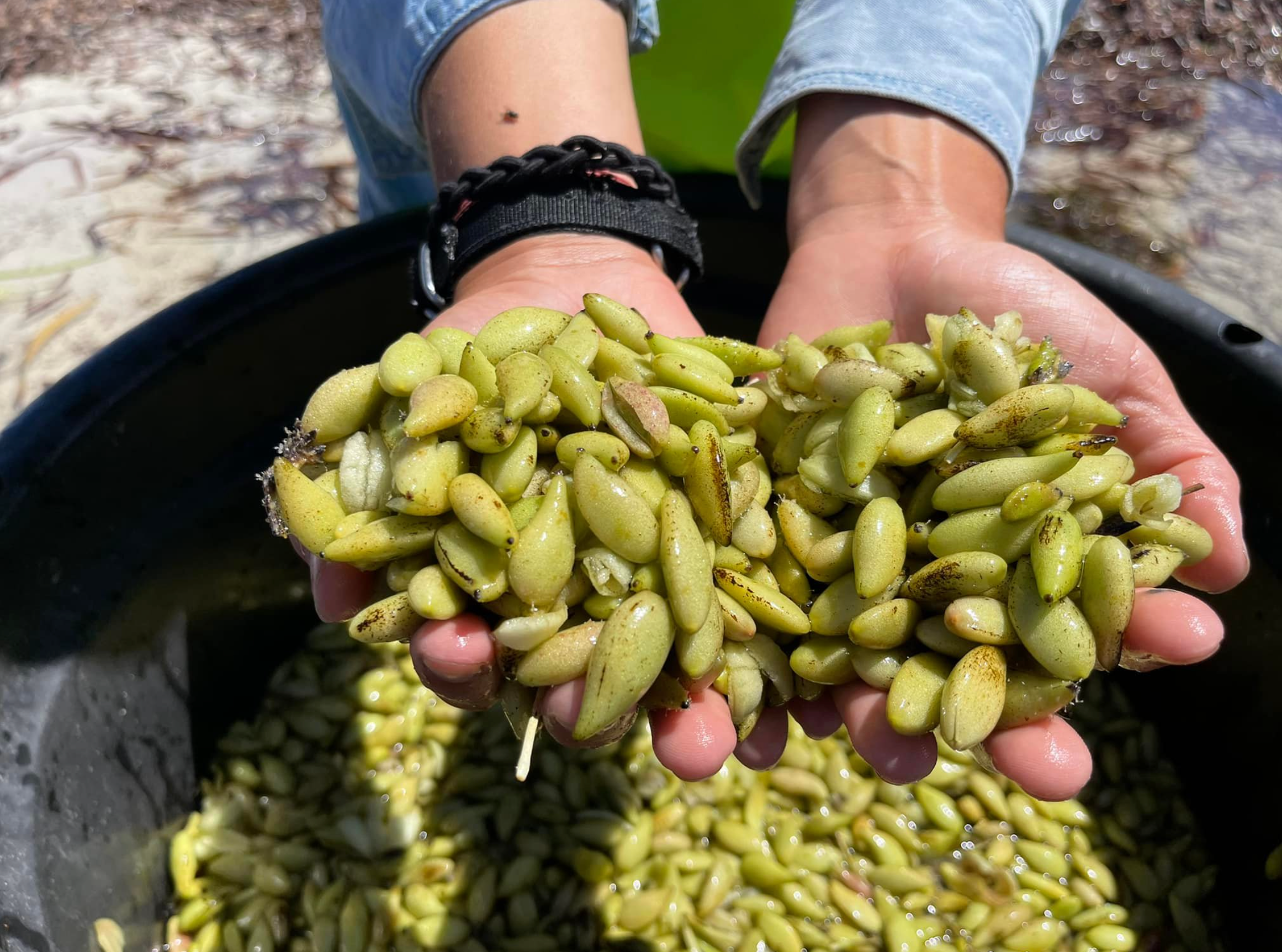
Seeds for Snapper, Western Australia
OneFishTwoFish is supporting OzFish Unlimited to help return seagrass meadows to Cockburn Sound, Western Australia
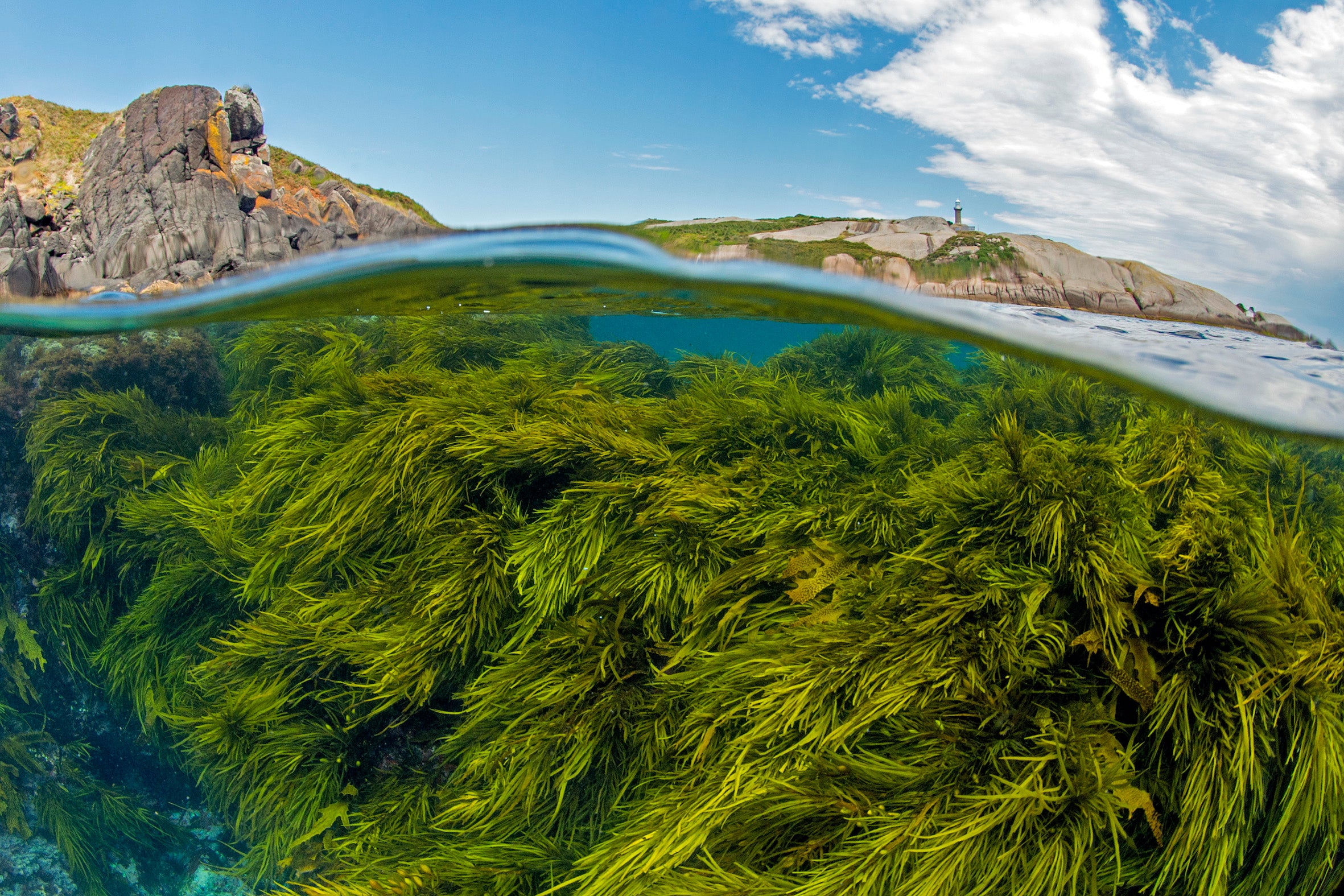
Sydney's Operation Crayweed, New South Wales
OneFishTwoFish is supporting Operation Crayweed to help restore kelp reefs throughout the Sydney metropolitan region.
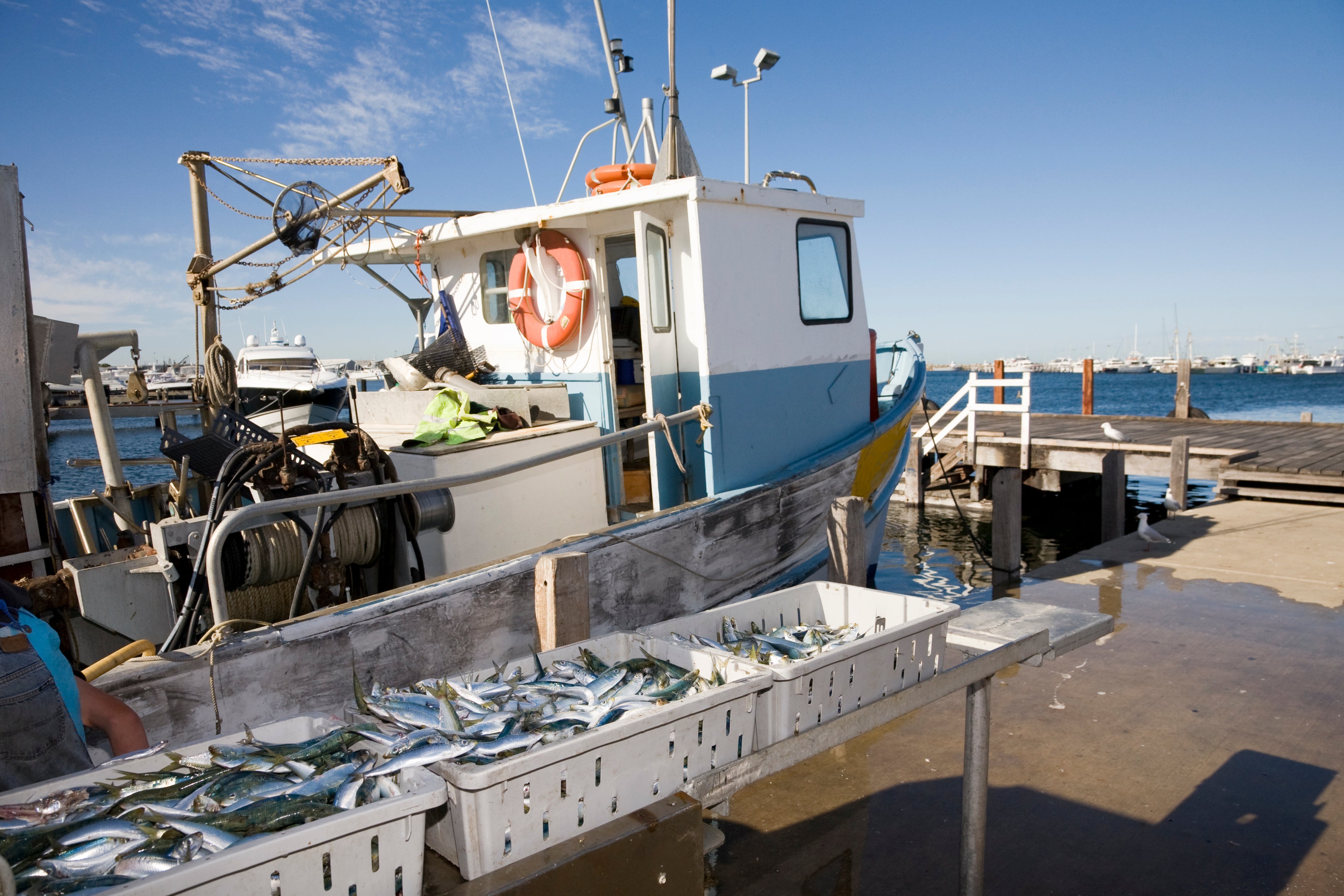
Corner Inlet Circular Seafood Project, Victoria
OneFishTwoFish is helping the Corner Inlet Fishers Habitat Association become the first fishery in Australia to become Seafood Positive, by returning two baby fish for every flounder or flathead caught by fishers.
Discover Oceans
-
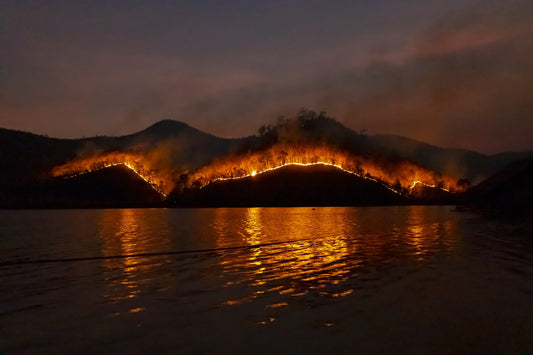 News
NewsHow Bushfire Affects the Waterways
As the bushfire season approaches, spare a thought for how these events can also have a devastating impact on our coastal fisheries... In December of 2005, a major bushfire swept through Wilsons Promontory. Over the next few weeks, over 25,000 hectares would be lost to the flames. Imagine the MCG pitch multiplied over 40,000 times. Just four years later, Victoria - and indeed, the entire country - was rocked by the events of Black Saturday. 173 people lost their lives and over 2000 homes were destroyed. There is a tangible cost to these tragic fire events: lives lost, properties destroyed. But there are also costs which are not necessarily recognised in the aftermath. Luke Anedda, president of the Corner Inlet Fisheries Habitat Association (CIFHA), has a fairly unique recollection of...
NewsHow Bushfire Affects the Waterways
As the bushfire season approaches, spare a thought for how these events can also have a devastating impact on our coastal fisheries...
In December of 2005, a major bushfire swept through Wilsons Promontory. Over the next few weeks, over 25,000 hectares would be lost to the flames. Imagine the MCG pitch multiplied over 40,000 times. Just four years later, Victoria - and indeed, the entire country - was rocked by the events of Black Saturday. 173 people lost their lives and over 2000 homes were destroyed.
There is a tangible cost to these tragic fire events: lives lost, properties destroyed. But there are also costs which are not necessarily recognised...
Read More
-
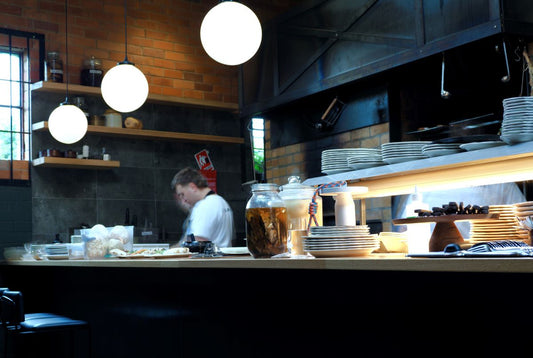 News
News“Making our Restaurant Sustainable Wasn’t Diffi...
Here is a maxim that deserves more attention: most people are trying to do the right thing most of the time. When the ‘right thing’ is just too costly or difficult, only then will people revert to the path of least resistance. This same principle applies to sustainability. The overwhelming majority of people want to make ethical, responsible choices. But when the cost becomes too great? We wince, take the easiest option, and do our best not to think about it too hard. Sustainability can be hard work. Kyle Nicol, head chef at Lilac Wine in Melbourne would disagree. “It hasn’t been that hard,” he explains. Lilac Wine always has at least two to three seafood dishes on its menu at any one time, and is the first mention on...
News“Making our Restaurant Sustainable Wasn’t Diffi...
Here is a maxim that deserves more attention: most people are trying to do the right thing most of the time. When the ‘right thing’ is just too costly or difficult, only then will people revert to the path of least resistance. This same principle applies to sustainability. The overwhelming majority of people want to make ethical, responsible choices. But when the cost becomes too great? We wince, take the easiest option, and do our best not to think about it too hard. Sustainability can be hard work. Kyle Nicol, head chef at Lilac Wine in Melbourne would disagree. “It hasn’t been that hard,” he explains. Lilac Wine always has at least two to three seafood dishes on its menu at any one time, and is the first mention on...
Read More -
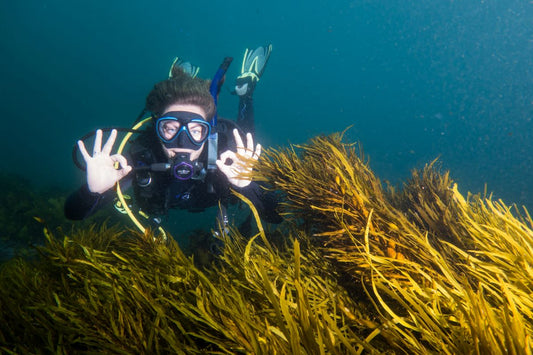 News
NewsThe Butterfly Effect - How the loss of crayweed...
It is often said that a butterfly flapping its wings on one side of the planet can have cataclysmic impacts on places thousands of miles away. Long before The Butterfly Effect was a 2004 sci-fi film, it was the premise of a meteorologist Edward Lorenz who showed that even the slightest alteration to an environment could echo through time to eventually cause chaos. This same theory can be applied to ecosystems in our waterways. Take for example crayweed. It is a fairly common kind of kelp, or underwater ‘tree’ that forms forests in the shallows off south eastern Australia. For the most part, it is about a metre tall, although in Tassie, it can reach heights of 3 metres. The average person might look at it and shrug. ...
NewsThe Butterfly Effect - How the loss of crayweed...
It is often said that a butterfly flapping its wings on one side of the planet can have cataclysmic impacts on places thousands of miles away. Long before The Butterfly Effect was a 2004 sci-fi film, it was the premise of a meteorologist Edward Lorenz who showed that even the slightest alteration to an environment could echo through time to eventually cause chaos. This same theory can be applied to ecosystems in our waterways. Take for example crayweed. It is a fairly common kind of kelp, or underwater ‘tree’ that forms forests in the shallows off south eastern Australia. For the most part, it is about a metre tall, although in Tassie, it can reach heights of 3 metres. The average person might look at it and shrug. ...
Read More -
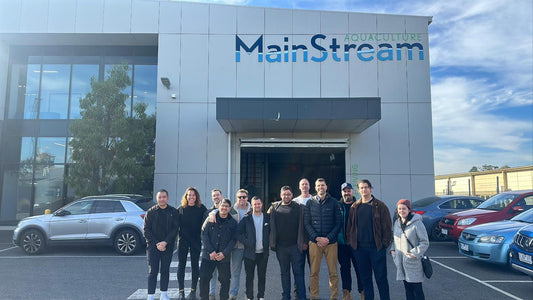 News
NewsSeafood Safari for Melbourne's top chefs!
In the lead up to World Ocean Day on June 8th, chefs from Melbourne’s top restaurants are diving deep into seafood sustainability. Eco start-up Seafood Positive and Two Hands have teamed up to host chefs from some of Melbourne’s favourite restaurants including Stokehouse, Nomad, Lilac Wine Bar, Supernormal and The Local Tap House on a seafood safari, showcasing Victoria’s sustainable produce. Seafood Positive Founder Dr Chris Gillies said “Australians eat over 356,000 tonnes of seafood each year, with demand for seafood expected to double by 2050. Educating chefs on which fish species are sustainable and where to source them will help ensure we don’t harm fish stocks and marine life as more people eat seafood.” The tours visit local seafood producers including Mainstream Aquaculture Barramundi farm at...
NewsSeafood Safari for Melbourne's top chefs!
In the lead up to World Ocean Day on June 8th, chefs from Melbourne’s top restaurants are diving deep into seafood sustainability. Eco start-up Seafood Positive and Two Hands have teamed up to host chefs from some of Melbourne’s favourite restaurants including Stokehouse, Nomad, Lilac Wine Bar, Supernormal and The Local Tap House on a seafood safari, showcasing Victoria’s sustainable produce. Seafood Positive Founder Dr Chris Gillies said “Australians eat over 356,000 tonnes of seafood each year, with demand for seafood expected to double by 2050. Educating chefs on which fish species are sustainable and where to source them will help ensure we don’t harm fish stocks and marine life as more people eat seafood.” The tours visit local seafood producers including Mainstream Aquaculture Barramundi farm at...
Read More
FREQUENTLY ASKED QUESTIONS
Why should I join OneFishTwoFish?
OneFishTwoFish helps people give back to the ocean, so their seafood consumption is more sustainable. By joining the program you’ll be helping to return more fish to the ocean. You can feel proud about doing your bit for ocean health and becoming Seafood Positive.
What's the science behind returning fish to the sea?
Our projects use two methods for returning fish to the sea: 1. Fish habitat restoration and 2. Assisted breeding (also known as fish restocking). To calculate the number of fish returned to the sea through habitat restoration, we use a simplified fisheries model based on a common scientific method (zu Ermgassen et al. 2021). Projects calculate the number and type of additional fish created at one year of age in the newly restored habitat compared to unrestored habitat. The calculations are measured over a 10 year period and we apply discounts to ensure our estimates remain conservative. For assisted breeding, we use the number of fish returned at the time of release. All projects are required to follow our detailed technical guidance document and adhere to our project standards. For a copy of the technical guidance document or for more information on how we calculate fish, please email: info@seafoodpositive.org
How does it work?
OneFishTwoFish captures fees from individuals, couples, families and businesses through annual subscriptions and makes grants to selected projects. These projects use the proceeds to undertake conservation activities that measurably improve fish habitat and populations. The remaining fees are used to provide supporters with ocean-related news and information and to market the program to new supporters.
Do you replace fish on a like-for-like basis?
We can't always replace two fish for every fish sold or consumed on a like-for-like basis, but the initiatives supported endeavour to holistically increase fish stock in the ocean. Read our FAQ 'What's the science behind returning fish to the sea' to find out more about our methods.
What do I receive if I join? (Personal)
Individuals, couples and families who purchase a subscription receive a digital certificate congratulating them on becoming Seafood Positive for a year. They also receive our e-newsletters and special offers and recipes. We provide stories from the projects we support, as well as information on sustainable seafood, seafood recipes, interviews with chefs, and articles on the latest marine science and technology to keep you up to date on everything related to the oceans.
What do I receive if I join? (Business)
Businesses purchasing a subscription receive access to project images, videos and stories from the projects, marketing collateral, logo use and invitations to special events. We also provide access to our OneFishTwoFish sustainable seafood network that connects like-minded businesses and customers.
How do I know the program is genuine?
OneFishTwoFish only works with reputable organisations with a track record in successfully completing habitat restoration and assisted breeding. We also have a government and industry advisory board to ensure projects align with the latest strategies to improve ocean health. We’re committed to transparency and will post project reports and other documentation on our website so people can review outcomes for themselves.
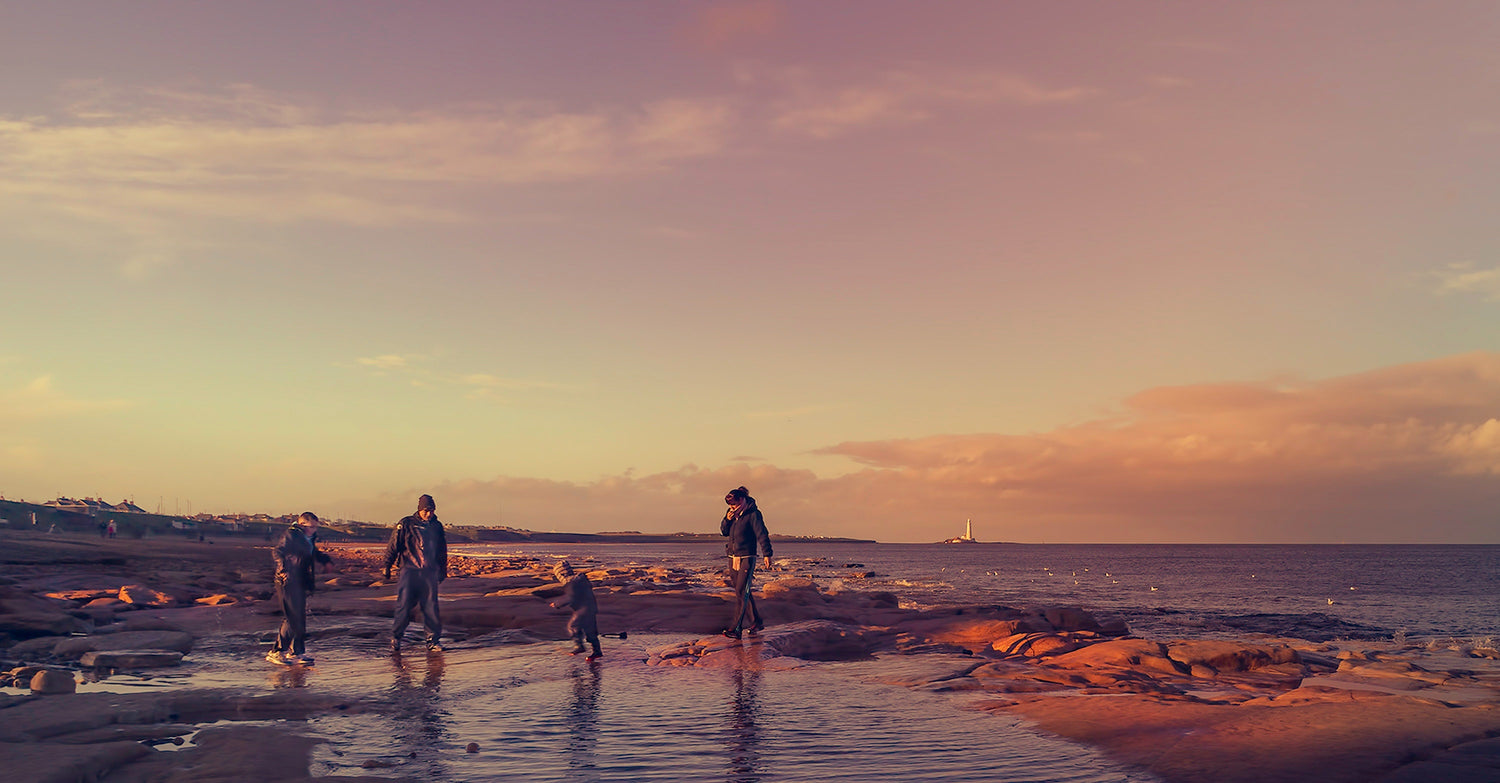
ABOUT US
I believe it is entirely possible to reverse the loss of marine life within our lifetime.
Our vision is to move towards a ‘circular’ seafood economy, where fish stocks are regularly replenished, and harvest is balanced with production.
As a marine biologist, I was tired of seeing many solutions to ocean health under-resourced and buried by negative news stories. I founded Seafood Positive to create a simple solution to allow seafood lovers to participate in the restoration of the ocean.
Join us in our ambitious mission, and together, let’s make Seafood Positive!
Dr Chris Gillies, Founder & Managing Director

